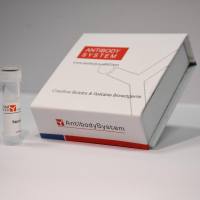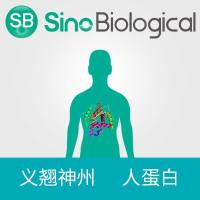In plants, the majority of mitochondrial and chloroplast proteins are nuclear encoded, synthesized on cytosolic polyribosomes, and then imported into the organelle. Most of the nuclear encoded precursor proteins contain an N-terminal extension called signal or targeting peptide that directs the protein to the correct organelle. Here, we describe in vitro and in vivo methods to study mitochondrial protein import. In a common single-organelle in vitro import procedure, transcribed/translated precursor proteins are imported into isolated mitochondria. A novel semi-in vivo system for simultaneous import of precursor proteins into isolated mitochondria and chloroplasts, called a dual-import system, is superior to the single-import system as it abolishes mistargeting of chloroplast precursors into mitochondria as observed in a single-organelle import system. Precursor proteins can also be imported into the organelles in vivo using an intact cellular system. In vivo approaches include import of transiently expressed fusion constructs containing a targeting peptide or a precursor protein fused to a reporter gene, most commonly the green fluorescence protein in protoplasts or in an Agrobacterium -mediated system in intact tobacco leaves.






